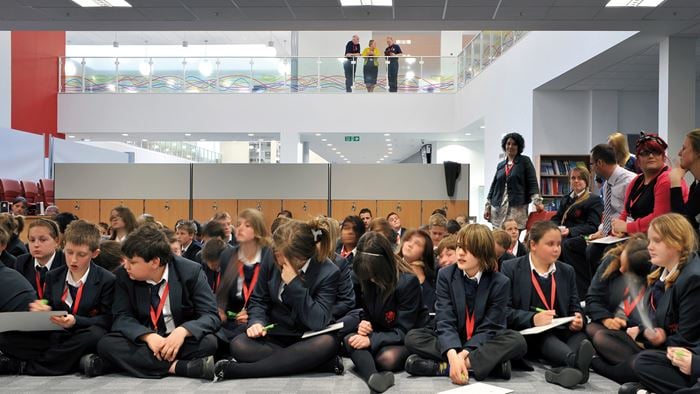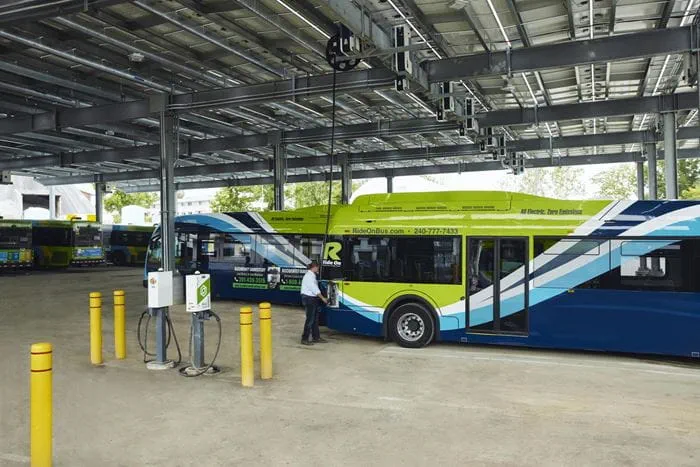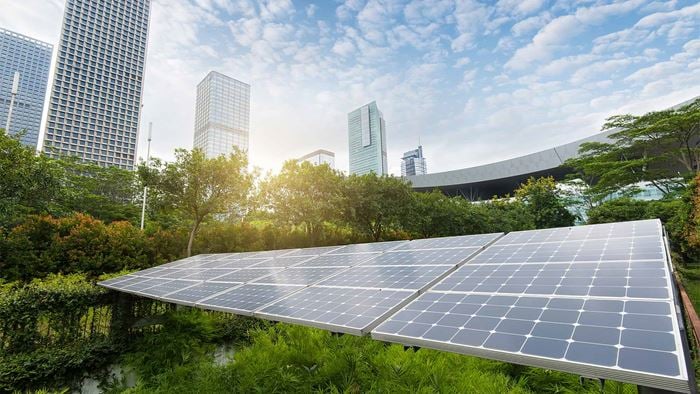Pelamis Wave Power Limited is the manufacturer of a revolutionary concept to generate renewable electricity from ocean waves. It is the world’s first commercial scale machine to generate electricity into the grid from offshore wave energy and first to be used in commercial wave farm projects.
The Wave Energy Converter consists of semi-submerged, articulated carbon steel cylinders linked by hinged joints. These move vertically and laterally with the waves. This movement is resisted by hydraulic rams which pump high-pressure fluid through motors driving electrical generators. Several devices are linked together and the power is fed to the shore.
Study into capital cost
Arup was commissioned to carry out a study to reduce the capital cost of the device and improve its energy capture. The device is currently manufactured from carbon steel, with each circular carriage and end cap fabricated from rolled plate.
Arup used its knowledge of the performance and construction of concrete structures to investigate whether a post-tensioned concrete elliptical tube could form the basis of the carriage structure, at a cost benefit over the existing design. The firm provided reference design for post-tensioned concrete carriages with associated connections and internal detailing.
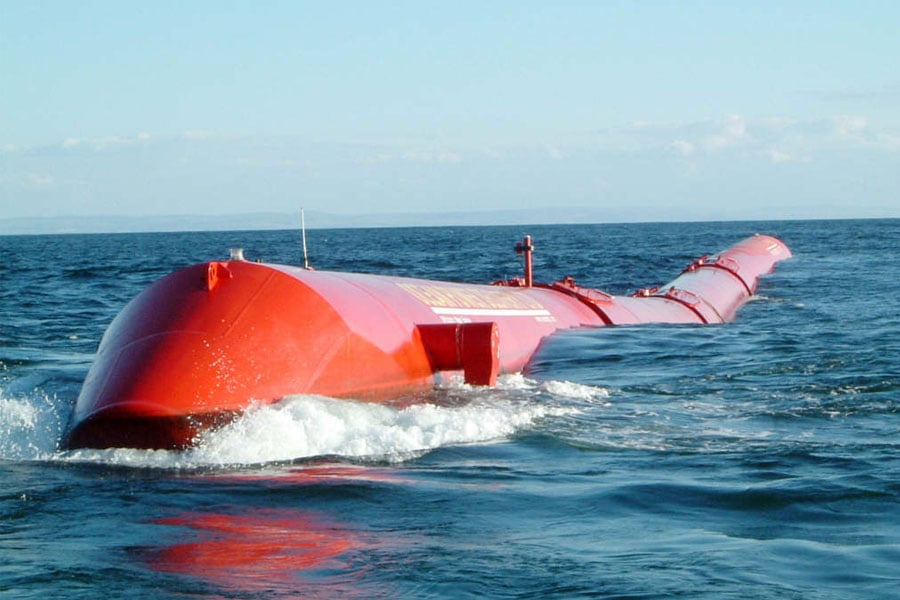
Arup's proposals
The study also proposed construction and manufacturing methods as well as cost estimates for volume and prototyping. It also proved the structural effects of changes in dimensions and economies of scale for the device and for the capital equipment required for production.
It found that a post-tensioned concrete carriage would derive more energy from the orbital motion of waves, as well as simplify the internal arrangement of the equipment and require less ballasting.
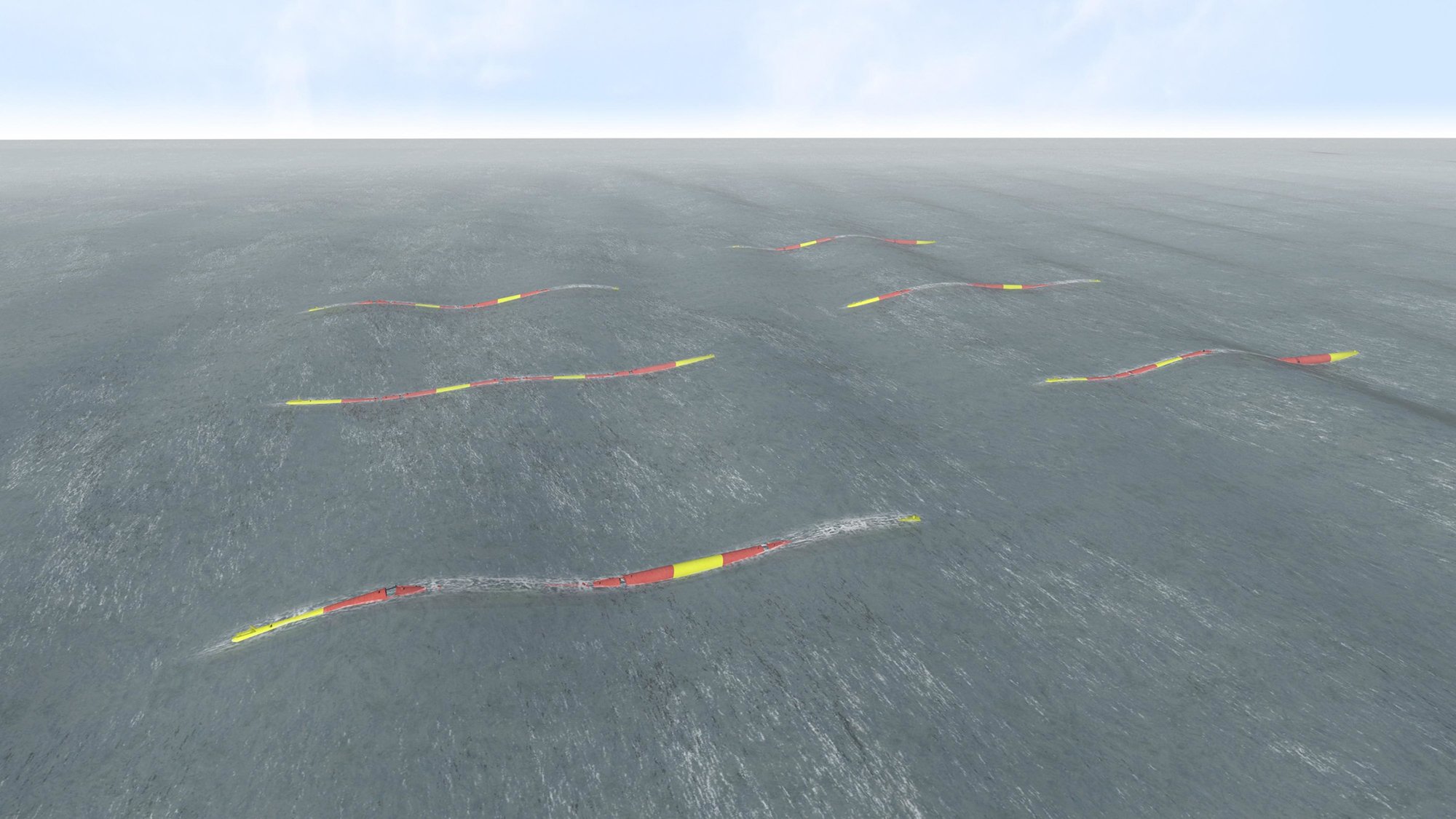 ;
;


